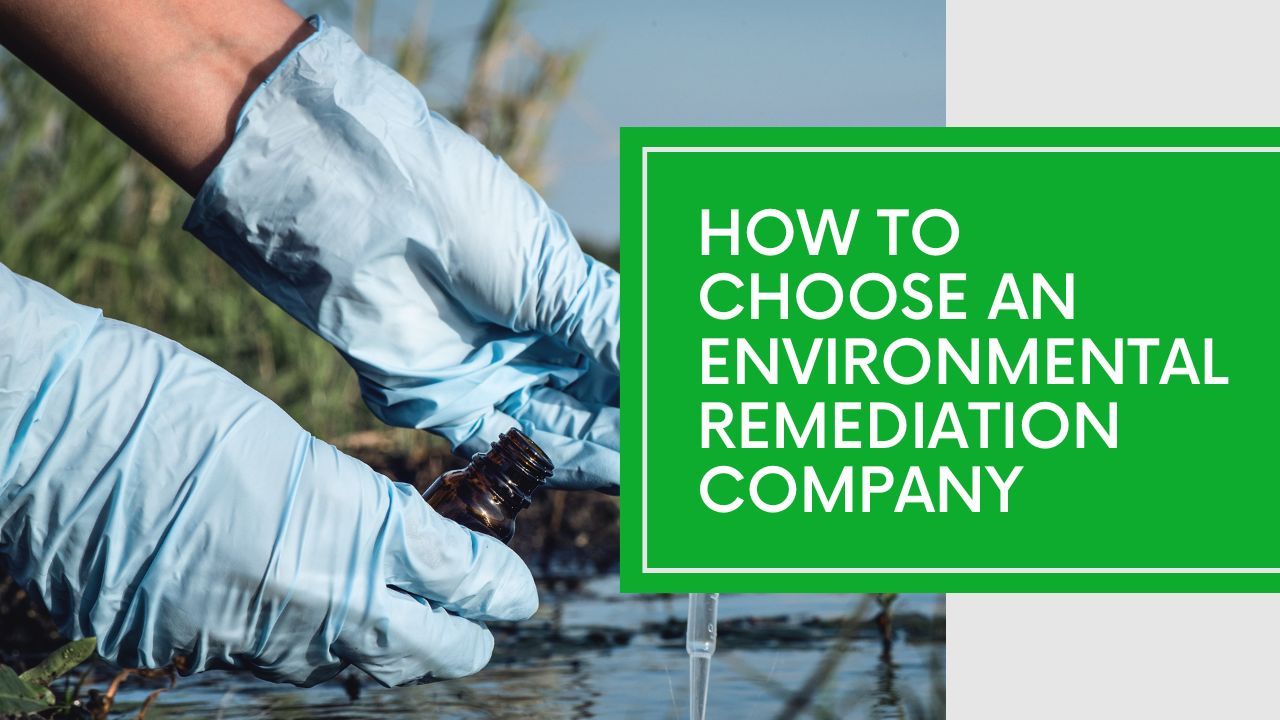
Simple Guide to Remedial Action Plans (RAPs): Learn the Basics
by Delta Remediation | Updated December 21, 2023
Introduction
In tackling environmental challenges, particularly pollution, the necessity of an effective remediation strategy cannot be overstated. This necessity brings into focus the Remedial Action Plan (RAP). A RAP is a detailed, strategic framework designed for site-specific contamination management over a planned duration. These plans are crucial in meeting Human Health Risk Assessment standards, aligning with property owner objectives, and ensuring overall worker safety.
What is a Remedial Action Plan (RAP)?
Remedial Action Plans (RAPs) are strategic frameworks designed for the effective management and cleanup of environmental contamination. Essential in the field of environmental remediation, RAPs outline specific engineering and geological procedures tailored to each unique site. These plans play a crucial role in achieving compliance with environmental regulations, meeting Human Health Risk Assessment standards, and ensuring the safety of all involved. The process of developing a RAP involves comprehensive site assessments, feasibility studies, and regulatory reviews. They are key in transforming contaminated areas into safe, revitalized spaces, ultimately contributing to ecological sustainability and public health protection.
Prerequisites for a Remedial Action Plan
Before developing a RAP, several prerequisites must be met:
- Environmental Site Assessment (ESA): Initial assessment of the site’s contamination levels. Learn more
- Site Conceptual Model (SCM): Identifying contamination sources, pathways, and potential receptors.
- Human Health Risk Assessment (HHRA): Evaluating potential health risks to humans. Learn more
- Feasibility Study: Assessing various remediation methods for effectiveness and applicability. Learn more
Components of a Remedial Action Plan
A well-crafted RAP encompasses:
- Site Description: Detailed information about the site’s location, history, and current use.
- Contaminant Overview: Identification and analysis of contaminants present on the site.
- Remediation Objectives: Clear goals for the cleanup effort.
- Selected Remediation Methods: Description of the chosen remediation techniques based on feasibility studies.
- Implementation Schedule: Timeline for the remediation activities.
- Monitoring and Reporting: Plans for ongoing site analysis and reporting.
- Health and Safety Measures: Customized safety protocols for site workers.
- Regulatory Oversight: Compliance with all relevant environmental regulations.
RAP Requirements and Contents
For a RAP to be effective and compliant, it must include several key elements:
- Background Information: Detailed historical and current use of the site.
- Previous Investigations: Summaries of site characterizations, SCMs, and HHRAs.
- Remediation Strategy: Justification and selection of the chosen remediation method.
- Goals and Objectives: Clearly defined remediation targets and expected outcomes.
- Monitoring Plan: Comprehensive plan for site monitoring during and after remediation.
- Health and Safety Protocols: Site-specific safety measures to protect workers and the public.
- Regulatory Compliance: Documentation of adherence to all applicable regulations and standards.
Regulatory Acceptance of the RAP
Obtaining acceptance from environmental authorities is a critical step in the RAP process. This involves:
- Submission of the RAP: Presenting the detailed plan to the relevant regulatory body. Learn more
- Review and Feedback: Incorporating feedback from regulators to ensure compliance.
- Approval: Gaining official acceptance, which allows the remediation process to proceed.
Site-Specific Remediation Objectives and Risk Assessment
Setting site-specific remediation objectives is essential for a successful RAP. This involves:
- Risk Assessment: Evaluating potential health and environmental risks associated with the contamination.
- Objective Setting: Defining clear, achievable remediation targets based on risk assessment findings.
Implementation of Remedial Measures
The implementation phase is where the planned actions are carried out. Key steps include:
- Identification and Analysis of Contaminants: Thorough examination of contaminants present.
- Selection of Remediation Techniques: Choosing the most suitable methods for the site-specific conditions.
- Execution of the Remediation Plan: Implementing the chosen techniques, followed by ongoing monitoring and necessary adjustments.
Risk Management in Remedial Action Plans
Risk management is a critical component of RAPs, ensuring that potential risks are identified and mitigated. This includes:
- Developing a Risk Management Plan (RMP): Outlining strategies to manage and mitigate risks.
- Ongoing Monitoring: Continuously assessing the effectiveness of risk management measures and adjusting as needed.
Contingency Planning and Follow-up Actions
Contingency planning is essential to address unforeseen issues during remediation. This involves:
- Preparing for Contingencies: Developing backup plans for potential problems.
- Follow-up Actions: Implementing additional measures if initial remediation efforts do not achieve the desired results.
Conclusion
A Remedial Action Plan is a comprehensive, strategic framework crucial for the effective management and cleanup of contaminated sites. By following a structured approach, including thorough site assessments, detailed planning, and regulatory compliance, RAPs play a vital role in environmental restoration and public health protection.
Delta Remediation’s Pioneering Role in Environmental Restoration
Crafting a RAP requires specialized expertise and experience. Delta Remediation leads in this field, offering innovative bioremediation techniques as cost-effective, efficient alternatives to conventional methods. Our approach transcends mere regulatory compliance, aiming to pioneer new standards in ecological sustainability.
Frequently Asked Questions (FAQ)
What is a Remedial Action Plan?
A strategic document meticulously designed for addressing site-specific environmental contamination.
What should a Remediation Plan include?
In-depth background information, investigative data, remediation methods, objectives, monitoring plans, health and safety protocols, and regulatory compliance.
How do you write a Remedial Action Plan?
It involves an extensive site assessment, conceptual modeling, feasibility studies, drafting, and regulatory approval.
What is the action plan for remedial measures?
The action plan encompasses identifying and categorizing contaminants, selecting appropriate remediation techniques, and implementing a targeted cleanup strategy.
What is the purpose of a Remediation Plan?
To address environmental contamination effectively and safely, thereby restoring sites to safe conditions.
What is an example of a remedial action?
The bioremediation process used in cleaning up contaminated industrial sites exemplifies effective remedial action.
Remedial Action Plan Checklist
For readers in Alberta, here is a checklist to assist in preparing your RAP submission to the Alberta Energy Regulator (AER). Ensure that all necessary components are included and justified as required.
Part 1: General Information
- Licensee or operator:
- Consultant (if applicable):
- Form completed by:
- Directive 056 licence number:
- AER file number(s):
- Legal land description:
- Submission date:
Part 2: RAP Components
| Included | Not included | Comment |
|---|---|---|
| Summary of source control | ||
| Map and data showing full delineation of contamination | ||
| Identification and assessment of all known and potential receptors and exposure pathways | ||
| Applicable guidelines | ||
| Plan for remediating soil and groundwater contamination | ||
| Exposure control or risk management plan |
For further details, refer to the Alberta Exposure Control Guide.
Connect with Delta Remediation
Interested in eco-friendly, advanced solutions for hydrocarbon remediation? Delta Remediation is at the forefront, offering rapid bioremediation techniques. Join us in our mission for a cleaner, healthier environment with Delta Remediation’s innovative solutions.
Act now for a cleaner future: 📞 contact us.
See More
See Delta In Action





